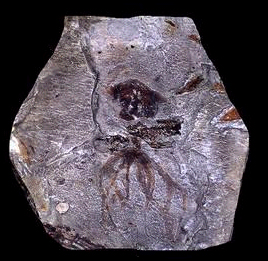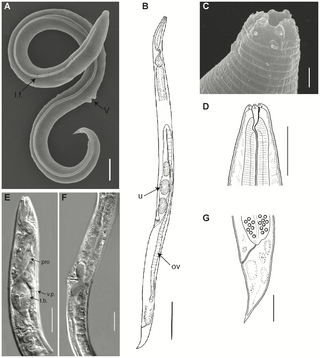
The falcons and caracaras are around 65 species of diurnal birds of prey that make up the family Falconidae. The family likely originated in South America during the Paleocene and is divided into three subfamilies: Herpetotherinae, which includes the laughing falcon and forest falcons; Polyborinae, which includes the spot-winged falconet and the caracaras; and Falconinae, the falcons and kestrels (Falco) and falconets (Microhierax).

Isoetes, commonly known as the quillworts, is a genus of lycopod. It is the only living genus in the family Isoetaceae and order Isoetales. There are currently [when?] 192 recognized species, with a cosmopolitan distribution mostly in aquatic habitats but with the individual species often scarce to rare. Species virtually identical to modern quillworts have existed since the Jurassic epoch, though the timing of the origin of modern Isoetes is subject to considerable uncertainty.

A harrier is a member of the genus Circus in the a bird of prey family Accipitridae. Harriers characteristically hunt by flying low over open ground, feeding on small mammals, reptiles, or birds. The young of the species are sometimes referred to as ring-tail harriers. They are distinctive with long wings, a long narrow tail, the slow and low flight over grasslands and skull peculiarities. The harriers are thought to have diversified with the expansion of grasslands and the emergence of C4 grasses about 6 to 8 million years ago during the Late Miocene and Pliocene.

Carcharhiniformes, the ground sharks, are the largest order of sharks, with over 270 species. They include a number of common types, such as catsharks, swellsharks, and requiem sharks.

Fuchsia is a genus of flowering plants that consists mostly of shrubs or small trees.

The bushshrikes are smallish passerine birds. They were formerly classed with the true shrikes in the family Laniidae, but are now considered sufficiently distinctive to be separated from that group as the family Malaconotidae, a name that alludes to their fluffy back and rump feathers.

Ostrea is a genus of edible oysters, marine bivalve mollusks in the family Ostreidae, the oysters.

Octopodiformes is a superorder of the subclass Coleoidea, comprising the octopuses and the vampire squid. All living members of Octopodiformes have eight arms, either lacking the two tentacles of squid or modifying the tentacles into thin filaments. Octopodiformes is often considered the crown group of octopuses and vampire squids, including all descendants of their common ancestor. Some authors use the term Vampyropoda for the same general category, though others use "Vampyropoda" to refer to the total group. Another term is Octobranchia, referring to cephalopods without prominent tentacles.

Palaeoctopus is an extinct genus of octopuses that lived during the Late Cretaceous. It contains one valid species, P. newboldi, which has been found in Lebanon.

Stenostiridae, or the fairy flycatchers, are a family of small passerine birds proposed as a result of recent discoveries in molecular systematics. They are also referred to as stenostirid warblers.

Bithynia is a genus of small freshwater snails with an operculum, aquatic prosobranch gastropod mollusks in the family Bithyniidae.

Pleurocera is a genus of freshwater snails with an operculum, aquatic gastropod molluscs in the family Pleuroceridae.

Theodoxus is a genus of nerites, small water snails with an operculum, some of which live in freshwater, and some in both freshwater and brackish water, aquatic gastropod mollusks in the family Neritidae, the nerites.

Zonites is a genus of mostly small, air-breathing land snails, terrestrial pulmonate gastropod mollusks in the family Zonitidae.

Caryocolum is a genus of moths in the family Gelechiidae.
Styletoctopus is an extinct genus of octopus. The genus consists of the single species Styletoctopus annae, which lived approximately 95 million years ago during the late Cenomanian,. It was first discovered in 2009 by a team led by Dirk Fuchs of Freie University in the Hâqel and Hjoula localities in Lebanon. Very few octopus species appear in the fossil record, as octopuses consist of soft tissue that usually decomposes before it has time to fossilize.
The Rhabditidae are a family of nematodes which includes the model organism Caenorhabditis elegans.
Epimelitta is a genus of beetles in the family Cerambycidae, containing the following species:
Neoparasitylenchus is a genus of nematodes belonging to the family Allantonematidae.

Panagrolaimus is a genus of nematodes in the family Panagrolaimidae. Scientists have been reviving specimens from this genus that are over 46,000 years old. It contains the following species:















